Which Is Right for You? Choosing Gastric Sleeve or Gastric Bypass in Mexico

Deciding on bariatric surgery in Mexico is a significant step towards a healthier life, and a common dilemma for many is choosing between gastric sleeve and gastric bypass. Both are powerful weight loss tools, but they differ in their approach and potential outcomes. Understanding these differences, the benefits, and what to expect when having weight loss surgery in Mexico is crucial for making an informed decision that aligns with your individual health needs and goals. This guide will walk you through the key considerations to help you determine which procedure might be best for you.
For many, the primary question is which surgery offers better results. The answer isn't one-size-fits-all; it depends on various factors including your current health, weight loss expectations, and lifestyle. Generally, gastric bypass may lead to slightly more significant initial weight loss and better resolution of certain obesity-related conditions, while gastric sleeve is a less complex procedure with a lower risk of certain complications.
What is the fundamental difference between Gastric Sleeve and Gastric Bypass surgery?
"The gastric sleeve (sleeve gastrectomy) primarily works by reducing stomach size, thus restricting food intake, while the gastric bypass (Roux-en-Y) restricts food intake and alters the digestive process to reduce calorie and nutrient absorption."
The gastric sleeve procedure involves surgically removing a large portion of the stomach, about 75-80%, leaving behind a smaller, banana-shaped "sleeve." This smaller stomach capacity means you feel full much quicker and consume less food. Additionally, the part of the stomach that produces ghrelin, the "hunger hormone," is largely removed, which can lead to a significant reduction in appetite. The digestive tract itself is not rerouted; food passes through the stomach and into the intestines as it normally would, just in smaller quantities.
In contrast, the gastric bypass is a more complex procedure that involves two main steps. First, the surgeon creates a small stomach pouch, similar in size to a large egg, by dividing the top of the stomach from the rest. Second, the surgeon divides the small intestine and brings the lower part up to connect directly to this new small stomach pouch. This rerouting means that food bypasses a significant portion of the stomach and the upper part of the small intestine (the duodenum and part of the jejunum). This leads to reduced calorie and nutrient absorption, in addition to the restrictive effect of the smaller pouch.
Which surgery leads to more weight loss: Gastric Sleeve or Gastric Bypass?
"Gastric bypass generally leads to slightly more average excess weight loss (EWL) compared to the gastric sleeve, with patients typically losing 60-80% of EWL versus 50-70% for the sleeve within 12-18 months."
While both procedures are highly effective for significant weight loss, studies and clinical experience often show a marginally higher percentage of excess weight loss with the gastric bypass. Excess weight is the difference between your current weight and your ideal healthy weight. For example, if a patient has 100 pounds of excess weight, a gastric bypass might result in an average loss of 60 to 80 pounds, whereas a gastric sleeve might lead to 50 to 70 pounds lost in the same timeframe.
It's important to remember that these are averages, and individual results can vary widely based on adherence to post-operative diet and exercise guidelines, starting BMI, age, and overall health. Long-term, the weight loss difference between the two procedures can narrow, especially with consistent lifestyle changes.
What are the eligibility criteria for Gastric Sleeve vs. Gastric Bypass in Mexico?
"Generally, eligibility for both gastric sleeve and gastric bypass in Mexico includes a BMI of 40 or higher, or a BMI of 35-39.9 with significant obesity-related health conditions like type 2 diabetes, sleep apnea, or hypertension. Some centers in Mexico may consider patients with a BMI starting from 30 if comorbidities are present."
The criteria for bariatric surgery in Mexico are often similar to those in the US and Canada but can sometimes be more flexible, particularly regarding the lower BMI threshold if obesity-related illnesses are impacting your health. For gastric sleeve, due to its slightly less complex nature, some surgeons in Mexico might consider it for patients with a BMI of 30-34.9 if they have conditions like metabolic syndrome or severe joint pain.
Gastric bypass is often recommended for individuals with higher BMIs (often 45+) or those with severe type 2 diabetes, as it can have a more profound and rapid impact on blood sugar control. A thorough pre-operative evaluation by the bariatric team, including a review of your medical history and current health status, is essential to determine your candidacy for either procedure.
How do the costs of Gastric Sleeve and Gastric Bypass compare in Mexico?
"The cost of gastric sleeve surgery in Mexico typically ranges from $4,000 to $6,500, while gastric bypass surgery in Mexico generally costs between $5,500 and $8,000. These prices are significantly lower than in the US or Canada."
One of the primary reasons patients choose weight loss surgery in Mexico is the substantial cost savings. These prices usually include the surgeon's fees, hospital stay, anesthesia, pre-operative tests conducted at the facility, and sometimes even post-operative medications and airport transfers. In the United States, a gastric sleeve can cost $15,000-$25,000, and a gastric bypass can range from $20,000-$35,000.
It's crucial to get a detailed quote from your chosen bariatric center in Mexico outlining exactly what is included in the package price. Look for transparency and avoid centers with hidden fees. The lower costs in Mexico are generally due to lower overhead, administrative, and labor costs, not a compromise on the quality of care if you choose a reputable and accredited facility.
What are the main advantages of Gastric Sleeve surgery?
"The main advantages of gastric sleeve surgery include a less complex procedure, no rerouting of the intestines (reducing risks of malabsorption issues like dumping syndrome), preservation of normal digestion, and typically a shorter hospital stay and recovery period compared to gastric bypass."
Gastric sleeve surgery is often seen as a simpler operation. Key benefits include:
- Less invasive: It doesn't involve bypassing or rearranging the intestines.
- Reduced risk of nutritional deficiencies: Since the intestines are not bypassed, the absorption of most nutrients is less affected than with gastric bypass, though vitamin supplementation is still necessary.
- Lower risk of dumping syndrome: This uncomfortable side effect (nausea, vomiting, diarrhea, cramping after eating sugary or high-fat foods) is much less common with the sleeve.
- No foreign objects: Unlike gastric banding, no artificial device is implanted.
- Effective for significant weight loss: It still provides substantial and sustainable weight loss for most patients.
- Can be converted: If needed, a gastric sleeve can be revised to a gastric bypass or other procedures later.
What are the main advantages of Gastric Bypass surgery?
"The main advantages of gastric bypass surgery include potentially greater overall weight loss, more significant improvement or remission of type 2 diabetes and acid reflux (GERD), and a longer track record as a highly effective bariatric procedure."
Gastric bypass has been performed for decades and is considered by many to be the "gold standard" for weight loss surgery. Its key benefits include:
- Potentially higher weight loss: Often results in slightly more excess weight loss than the sleeve.
- Excellent for type 2 diabetes resolution: The changes in gut hormones and rapid weight loss can lead to remission of type 2 diabetes in a high percentage of patients, often very quickly after surgery.
- Effective for severe acid reflux (GERD): By creating a new, smaller stomach pouch and bypassing the part of the stomach that produces a lot of acid, gastric bypass can resolve or significantly improve GERD. In contrast, gastric sleeve can sometimes worsen or cause new-onset GERD.
- Long-term data: There is extensive long-term data supporting its effectiveness and durability.
- Reduces hunger: Like the sleeve, it reduces hunger, but the malabsorptive component adds another mechanism for weight loss.
What are the potential complications or risks of Gastric Sleeve surgery?
"Potential complications of gastric sleeve surgery, while relatively low, can include staple line leaks (rare but serious), bleeding, infection, blood clots, and the potential for new or worsening acid reflux (GERD). Stomach pouch stretching can occur over time if dietary guidelines are not followed."
No surgery is without risks. For gastric sleeve, the most serious specific complication is a leak from the staple line where the stomach was divided. This is uncommon (around 1-3% of cases) but requires prompt medical attention. Other general surgical risks like bleeding, infection, and blood clots (deep vein thrombosis or pulmonary embolism) are also possible, though minimized with preventative measures.
A significant consideration for the sleeve is acid reflux. While some patients with pre-existing mild reflux see improvement, others may develop new reflux or find their existing reflux worsens. Long-term, if severe GERD develops, revision to a gastric bypass might be necessary. Overeating can also lead to the stretching of the sleeve over time, potentially reducing its effectiveness.
What are the potential complications or risks of Gastric Bypass surgery?
"Potential complications of gastric bypass surgery include staple line leaks, bleeding, infection, blood clots, dumping syndrome, nutritional deficiencies (requiring lifelong vitamin and mineral supplementation), internal hernias, ulcers in the pouch or small intestine, and bowel obstruction."
Gastric bypass, being a more complex operation, carries a slightly higher overall risk profile compared to the sleeve. Specific risks include:
- Dumping syndrome: This is common, especially if patients consume sugary or high-fat foods. It can cause nausea, vomiting, diarrhea, dizziness, and sweating.
- Nutritional deficiencies: Due to the malabsorptive component, patients are at higher risk for deficiencies in iron, calcium, vitamin B12, vitamin D, and other micronutrients. Lifelong, diligent supplementation is critical.
- Internal hernias: Spaces created by the rerouting of the intestines can potentially lead to the bowel twisting or getting trapped, which may require further surgery. This risk is around 1-5%.
- Anastomotic ulcers: Ulcers can form at the connection points between the stomach pouch and the small intestine, particularly in smokers or those who use NSAID pain relievers.
- Bowel obstruction: Scar tissue can lead to blockages in the bowel.
How long is the recovery period for Gastric Sleeve vs. Gastric Bypass in Mexico?
"The initial hospital stay for gastric sleeve in Mexico is typically 1-2 nights, while for gastric bypass in Mexico, it's usually 2-3 nights. Full recovery and return to most normal activities often takes 2-4 weeks for gastric sleeve and 4-6 weeks for gastric bypass, though individual experiences vary."
The gastric sleeve generally has a slightly quicker initial recovery. Most patients are walking within hours of surgery and can manage liquids within a day. Pain is typically well-controlled with medication. You'll progress through dietary stages (clear liquids, full liquids, pureed foods, soft foods, then regular foods) over several weeks. Most people feel ready to return to a desk job within 1-2 weeks.
Gastric bypass recovery is similar but may involve a bit more discomfort and a slightly longer period before feeling fully energetic. The dietary progression is also crucial. Because of the intestinal rerouting, the risk of dumping syndrome necessitates careful food choices from the outset. Return to work might be closer to 2-4 weeks, depending on the nature of your job. Heavy lifting and strenuous activity are typically restricted for at least 6-8 weeks for both procedures.
Which surgery is better if I have severe acid reflux (GERD)?
"Gastric bypass surgery is generally considered the better option for individuals with significant or severe pre-existing acid reflux (GERD). Gastric sleeve surgery can sometimes worsen or even cause new-onset GERD."
This is a key differentiating factor. Gastric bypass often resolves GERD because it diverts acid away from the esophagus and creates a smaller stomach pouch that produces less acid. Many patients who suffered from severe GERD find significant relief after bypass surgery.
Conversely, gastric sleeve can increase pressure within the smaller stomach tube, potentially leading to new or worsened reflux symptoms in some patients. While not everyone experiences this, if you have moderate to severe GERD, your surgeon will likely recommend gastric bypass as a more suitable option to address both your weight and your reflux.
Which surgery is more effective for Type 2 Diabetes remission?
"Gastric bypass surgery generally has a higher rate of type 2 diabetes remission and improvement compared to gastric sleeve, often with more rapid results. However, gastric sleeve is also very effective in improving or resolving type 2 diabetes."
Both surgeries significantly improve or lead to the remission of type 2 diabetes in a large percentage of patients. Gastric bypass often shows more dramatic and quicker results due to the more significant hormonal changes that occur from rerouting the intestines, in addition to the weight loss. Some patients experience normalization of blood sugar levels within days of bypass surgery.
Gastric sleeve also has a powerful positive impact on type 2 diabetes, primarily through weight loss and associated hormonal changes. While the remission rates might be slightly lower or take longer to achieve than with bypass, it's still a very effective option for diabetic patients. The choice may depend on the severity and duration of your diabetes.
Do I need to take vitamins and supplements for life after these surgeries?
"Yes, lifelong vitamin and mineral supplementation is essential after both gastric sleeve and gastric bypass surgery, though the specific requirements are typically more extensive and critical after gastric bypass due to induced malabsorption."
After gastric sleeve, the amount of food consumed is less, and there might be some reduced absorption of certain nutrients. Standard recommendations usually include a daily multivitamin, calcium with vitamin D, and sometimes vitamin B12 and iron, based on blood tests.
After gastric bypass, the malabsorptive component significantly increases the risk of deficiencies. Patients require higher doses of specific vitamins and minerals, including a potent multivitamin, calcium citrate, vitamin D3, vitamin B12 (often via injection or sublingual), iron, and potentially others like folic acid and fat-soluble vitamins (A, E, K). Regular blood tests are crucial to monitor nutrient levels and adjust supplementation accordingly to prevent serious health problems. Failure to adhere to the supplementation regimen can lead to conditions like anemia, osteoporosis, and neurological issues.
How do I choose a safe and reputable bariatric surgeon and center in Mexico?
"To choose a safe bariatric surgeon and center in Mexico, research surgeon credentials (board certification, experience), hospital accreditations (e.g., JCI, CSG), read patient reviews and testimonials, ensure transparent pricing, and confirm they offer comprehensive pre-operative and post-operative care."
Choosing the right facility and surgeon is paramount for a safe and successful weight loss surgery in Mexico.
- Surgeon Credentials: Look for surgeons who are board-certified (e.g., by the Mexican Council for General Surgery and the Mexican College for the Surgery of Obesity and Metabolic Diseases - CMCOEM). Verify their experience specifically with the procedure you are considering. Many top surgeons in Mexico also have international affiliations (e.g., FACS - Fellow of the American College of Surgeons, IFASMBS - International Fellow of the American Society for Metabolic and Bariatric Surgery).
- Hospital Accreditation: Choose a hospital that meets high standards. Look for national accreditations like those from the General Health Council of Mexico (CSG) or international accreditations like Joint Commission International (JCI).
- Patient Reviews: Look for unsponsored, genuine patient reviews on independent platforms, forums, and support groups.
- Communication: Ensure the staff and surgeon can communicate effectively in your language.
- Comprehensive Care: The center should provide thorough pre-op screening and education, as well as a clear plan for post-operative follow-up, even if it's remote.
- Transparency: All costs should be clearly outlined upfront.
What does the pre-operative process involve for bariatric surgery in Mexico?
"The pre-operative process for bariatric surgery in Mexico typically involves an initial consultation (often virtual), medical history review, specific dietary changes (like a liver-shrinking diet for 1-3 weeks prior to surgery), stopping certain medications (e.g., blood thinners), and various pre-op tests upon arrival in Mexico."
Preparation is key for a smooth surgery and recovery. Your chosen bariatric center in Mexico will guide you through these steps:
- Initial Evaluation: This often starts with an online health questionnaire and a virtual consultation with a patient coordinator or surgeon.
- Medical Records: You may need to provide medical records from your primary care physician.
- Pre-Op Diet: Most patients will follow a special low-calorie, low-carbohydrate, high-protein diet for a few weeks before surgery. This diet helps shrink the liver, making the surgery safer and technically easier for the surgeon.
- Medication Adjustments: You'll receive instructions on which medications to stop or adjust (e.g., aspirin, NSAIDs, blood thinners) and when.
- Lifestyle Changes: You'll be advised to quit smoking (if applicable) well in advance of surgery, as smoking significantly increases surgical risks and impairs healing. Limiting or stopping alcohol is also usually required.
- Tests on Arrival: Once you arrive in Mexico, further pre-operative tests like blood work, EKG, and a chest X-ray are typically performed to ensure you are fit for surgery.
What kind of post-operative diet and lifestyle changes are required?
"After bariatric surgery in Mexico, a strict multi-stage dietary progression is required, starting with clear liquids, then full liquids, pureed foods, soft foods, and eventually a modified regular diet. Lifelong healthy eating habits, regular exercise, and vitamin supplementation are crucial for long-term success."
Post-surgery, your new stomach needs time to heal and adjust.
Dietary Stages: You will slowly advance your diet under the guidance of your surgical team and nutritionist. This typically involves:
- Clear liquids: First few days (water, broth, sugar-free gelatin).
- Full liquids: Protein shakes, thin soups.
- Pureed foods: Blended foods with a smooth consistency.
- Soft foods: Easily chewable foods like scrambled eggs, cooked vegetables, soft fish.
- Regular diet (modified): Usually around 2-3 months post-op, focusing on lean protein, vegetables, fruits, and whole grains, in small portions.
Eating Habits: You'll need to eat slowly, chew food thoroughly, stop eating when you feel full (not stuffed), and avoid drinking liquids with meals.
Hydration: Staying hydrated is vital; sipping water throughout the day is important.
Exercise: Gradually increasing physical activity is essential for weight loss, muscle preservation, and overall health. Start with walking and progress as advised by your surgeon.
Supplementation: Lifelong adherence to your prescribed vitamin and mineral regimen is non-negotiable.
Follow-up: Regular follow-up appointments (which may be done remotely with your Mexican surgical team and locally with your primary care doctor) are necessary to monitor your progress and health.
Can Gastric Sleeve be converted to Gastric Bypass later if needed?
"Yes, gastric sleeve surgery can be converted to gastric bypass (or other procedures like a duodenal switch) if a patient experiences insufficient weight loss, significant weight regain, or develops severe complications like intractable acid reflux."
This is known as revisional bariatric surgery. While the goal is always for the initial surgery to be successful long-term, there are situations where a revision is necessary. Converting a gastric sleeve to a gastric bypass is a recognized and feasible option. This might be considered if:
- The patient did not achieve adequate weight loss with the sleeve.
- The patient regained a significant amount of weight after initial success with the sleeve.
- The patient developed severe, chronic GERD after sleeve gastrectomy that doesn't respond to medication.
Revisional surgery is generally more complex than primary bariatric surgery and carries slightly higher risks. It's important to discuss the possibility and implications with an experienced bariatric surgeon.
Which procedure has a higher risk of "dumping syndrome"?
"Gastric bypass surgery has a significantly higher risk of 'dumping syndrome' compared to gastric sleeve surgery. This is due to the rerouting of the intestines, which causes food (especially sugars and fats) to empty too quickly from the stomach pouch into the small intestine."
Dumping syndrome occurs when undigested food, particularly sugary or high-fat foods, moves too rapidly from the stomach pouch into the small intestine after gastric bypass. This can cause a range of unpleasant symptoms shortly after eating (early dumping) or a few hours later (late dumping).
- Early dumping symptoms: Nausea, vomiting, abdominal cramping, diarrhea, flushing, dizziness, rapid heart rate.
- Late dumping symptoms: Sweating, weakness, shakiness, anxiety, difficulty concentrating (due to reactive hypoglycemia).
While uncomfortable, dumping syndrome can also be a behavioral tool, discouraging the consumption of unhealthy, high-sugar foods. Patients learn to manage it by making careful food choices. Gastric sleeve patients rarely experience true dumping syndrome because the pyloric valve (which controls stomach emptying) is preserved, and the intestinal path is not altered.
What is the typical hospital stay for these surgeries in Mexico?
"The typical hospital stay for gastric sleeve surgery in Mexico is 1 to 2 nights. For gastric bypass surgery in Mexico, it is generally 2 to 3 nights, allowing for initial recovery and monitoring before discharge."
Most bariatric centers in Mexico that cater to international patients have streamlined processes. For a gastric sleeve, patients might arrive a day or two before surgery for pre-op tests, have the surgery, and then stay 1 or 2 nights in the hospital for monitoring, pain management, and to ensure they can tolerate liquids.
For a gastric bypass, which is a more extensive surgery, an additional night in the hospital (totaling 2-3 nights) is common. This allows medical staff to closely watch for any early complications, manage hydration, and ensure the patient is comfortable before being discharged to a nearby hotel for a few more days of recovery before traveling home. The exact length of stay can vary based on individual recovery progress and the specific protocols of the surgical center.
How will my diet change long-term after Gastric Sleeve or Gastric Bypass?
"Long-term after both gastric sleeve and gastric bypass, your diet will involve eating much smaller portions, prioritizing protein, choosing nutrient-dense foods, avoiding high-sugar and high-fat processed foods, and chewing food thoroughly. Lifelong adherence to healthy eating is key to maintaining weight loss."
While the initial post-op diet is very restrictive and progresses in stages, the long-term eating habits you adopt are crucial for sustained success.
- Portion Control: Your new stomach pouch (sleeve or bypass) will be significantly smaller, so you'll eat much less food at each meal – typically around 1/2 to 1 cup of food once fully healed.
- Protein First: Prioritizing lean protein sources (chicken, fish, eggs, beans, lentils, protein shakes) helps preserve muscle mass, promotes satiety, and aids in healing.
- Nutrient-Dense Foods: Focus on whole, unprocessed foods like vegetables, fruits, and whole grains (in moderation).
- Avoid Empty Calories: Limit or avoid sugary drinks, sweets, fried foods, and highly processed snacks, as these offer little nutritional value and can lead to weight regain or dumping syndrome (especially after bypass).
- Chew Thoroughly and Eat Slowly: This aids digestion and helps prevent discomfort or blockages.
- Separate Liquids and Solids: Avoid drinking 30 minutes before, during, and 30 minutes after meals to maximize space for nutrient-rich foods and prevent flushing food through the pouch too quickly.
- Hydration: Drink plenty of water and low-calorie fluids between meals.
This new way of eating becomes a permanent lifestyle change, supported by ongoing nutritional guidance.
Choosing between gastric sleeve and gastric bypass in Mexico is a deeply personal decision that should be made in consultation with experienced bariatric professionals. By understanding these key differences, benefits, and considerations, you can move forward with confidence on your journey to a healthier future.
Ready to explore your weight loss surgery options in Mexico? PlacidWay can help you connect with accredited bariatric centers and experienced surgeons. Explore PlacidWay today to find personalized healthcare solutions and take the next step in your transformative journey!


.png)

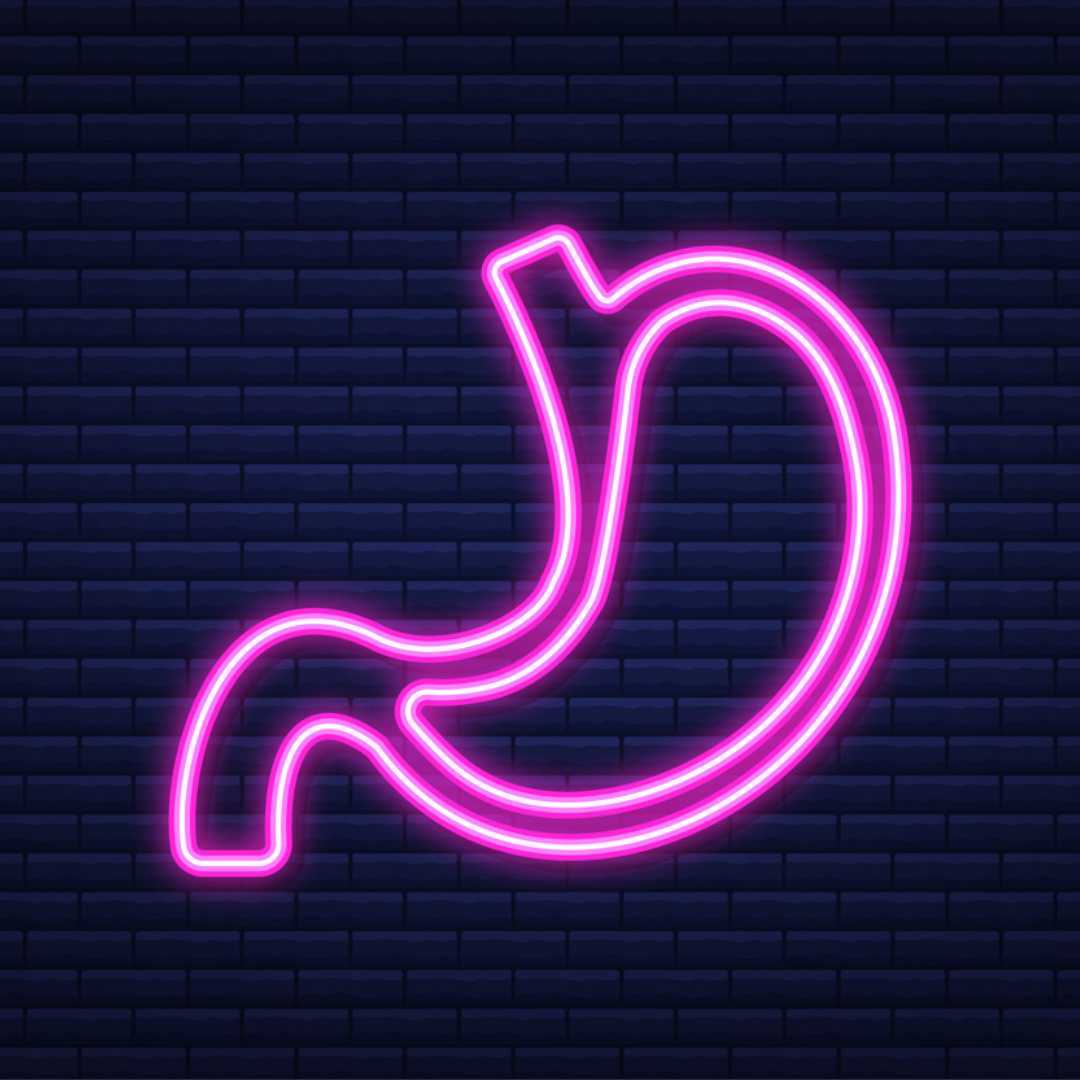






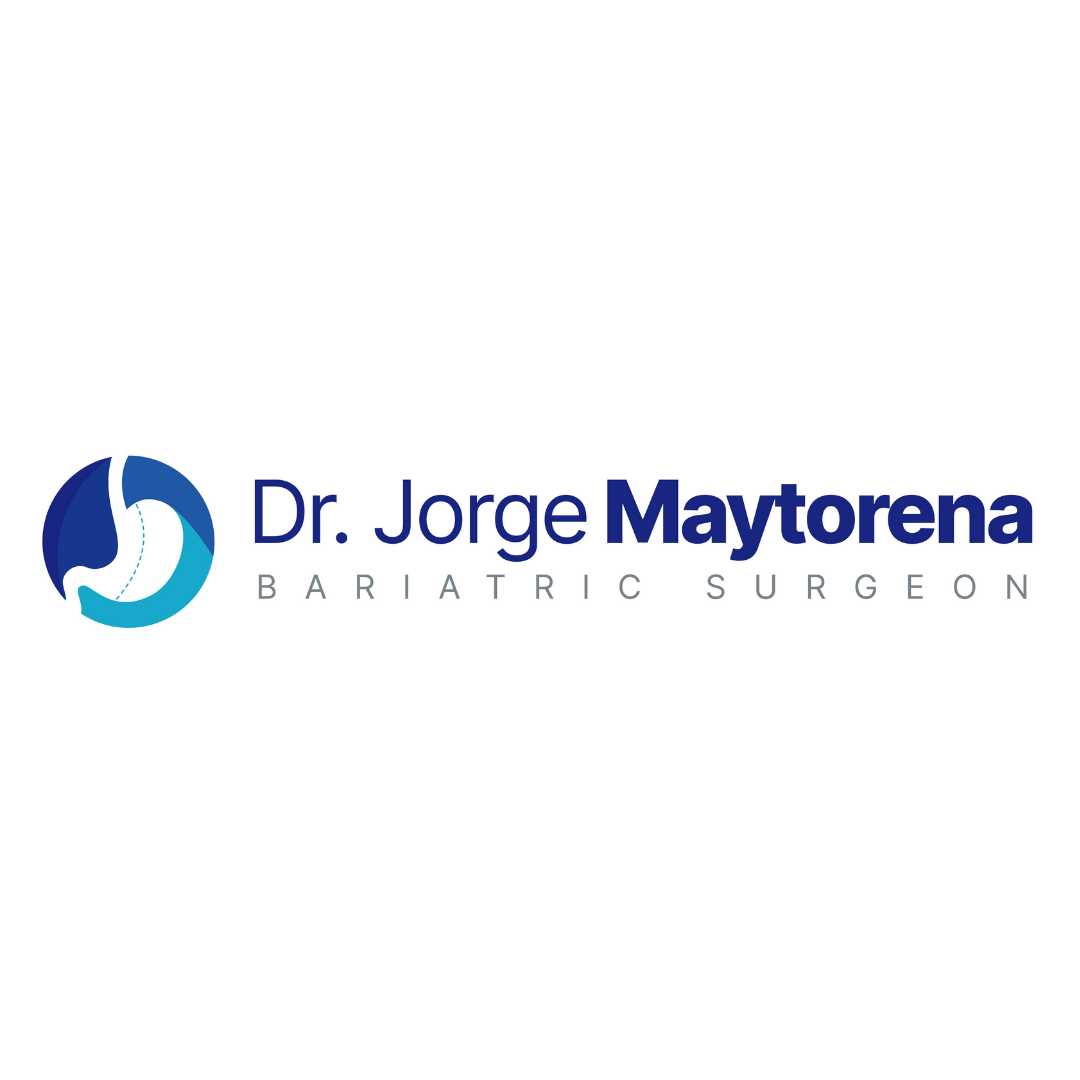
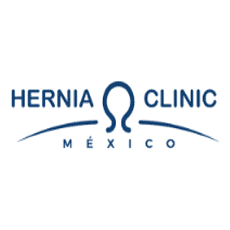
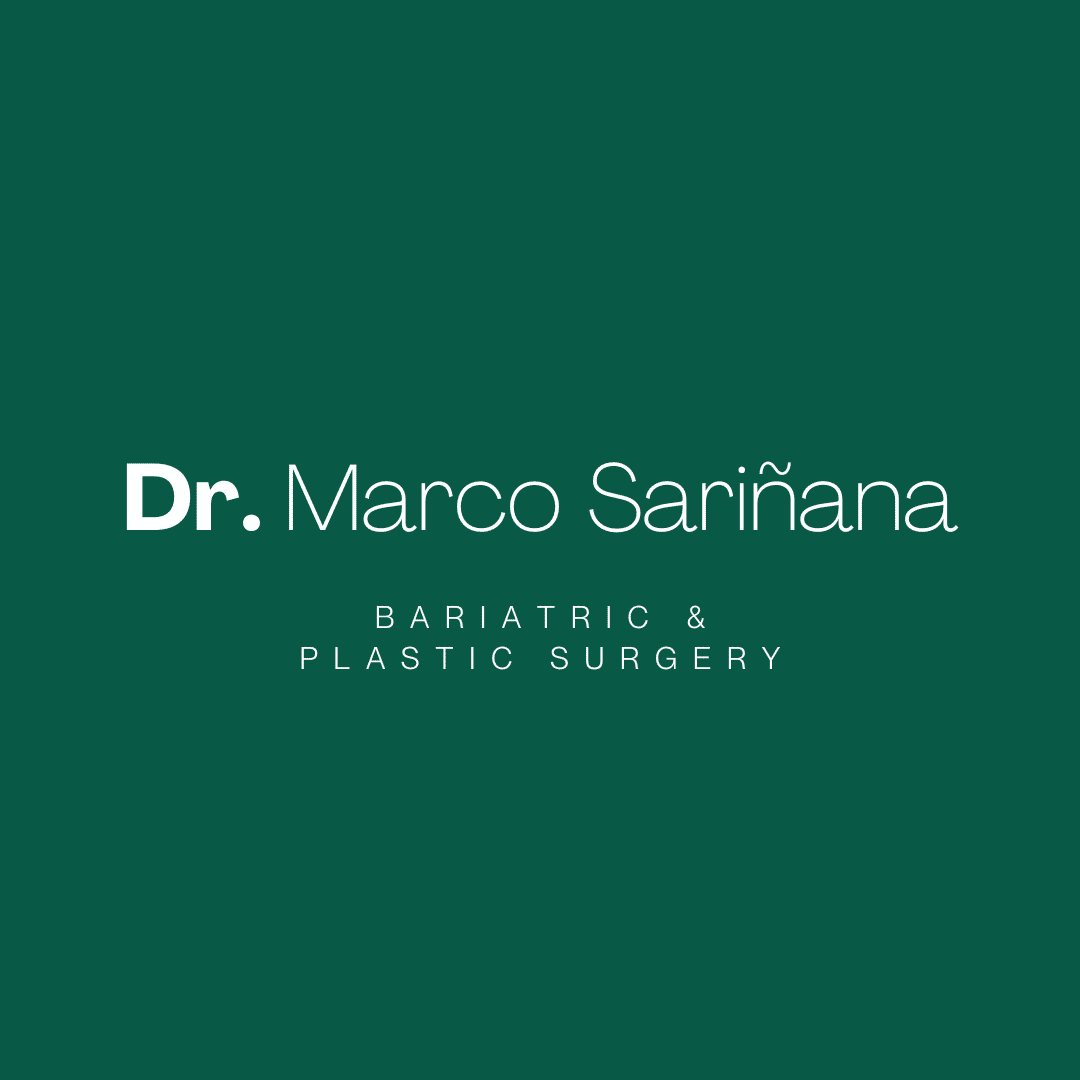
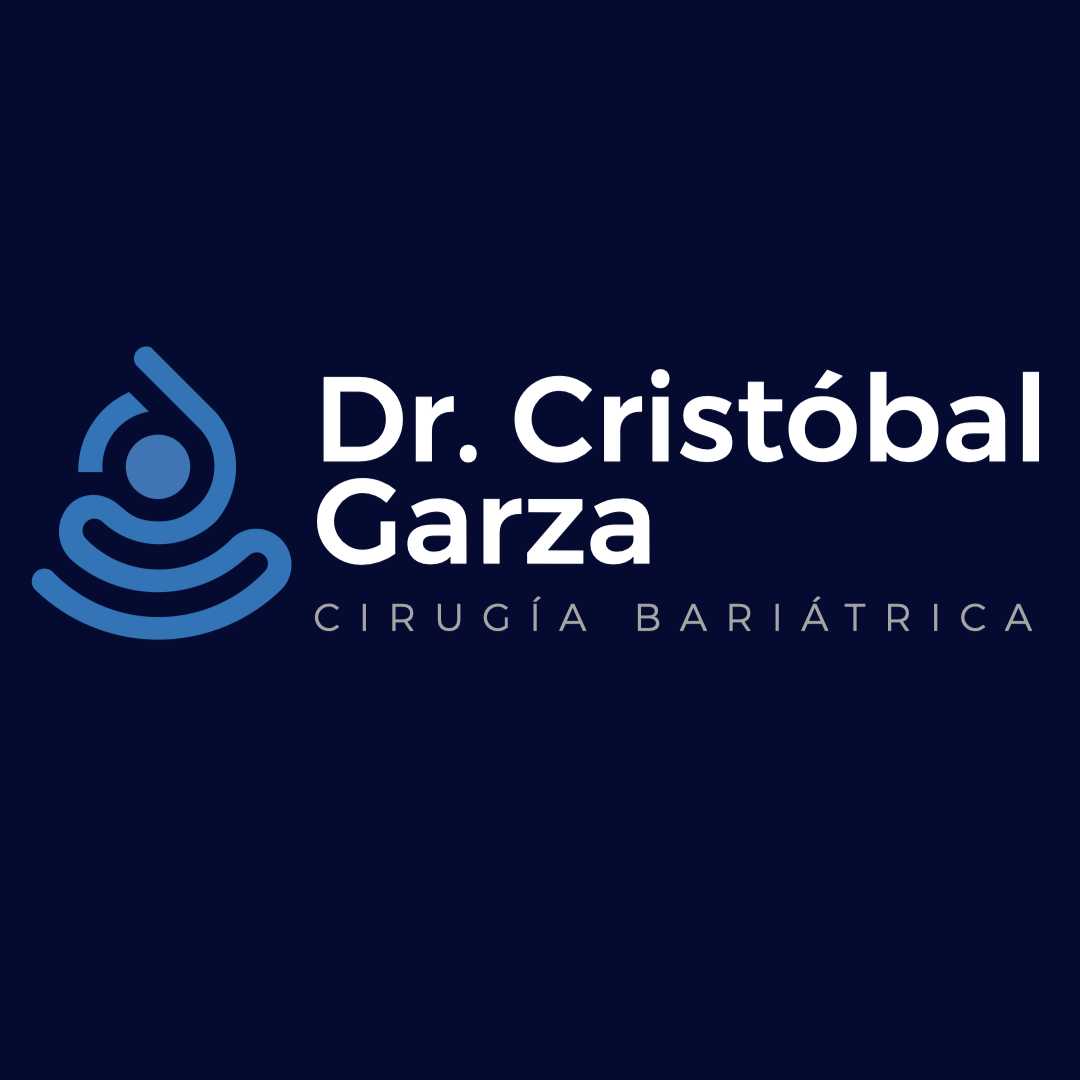
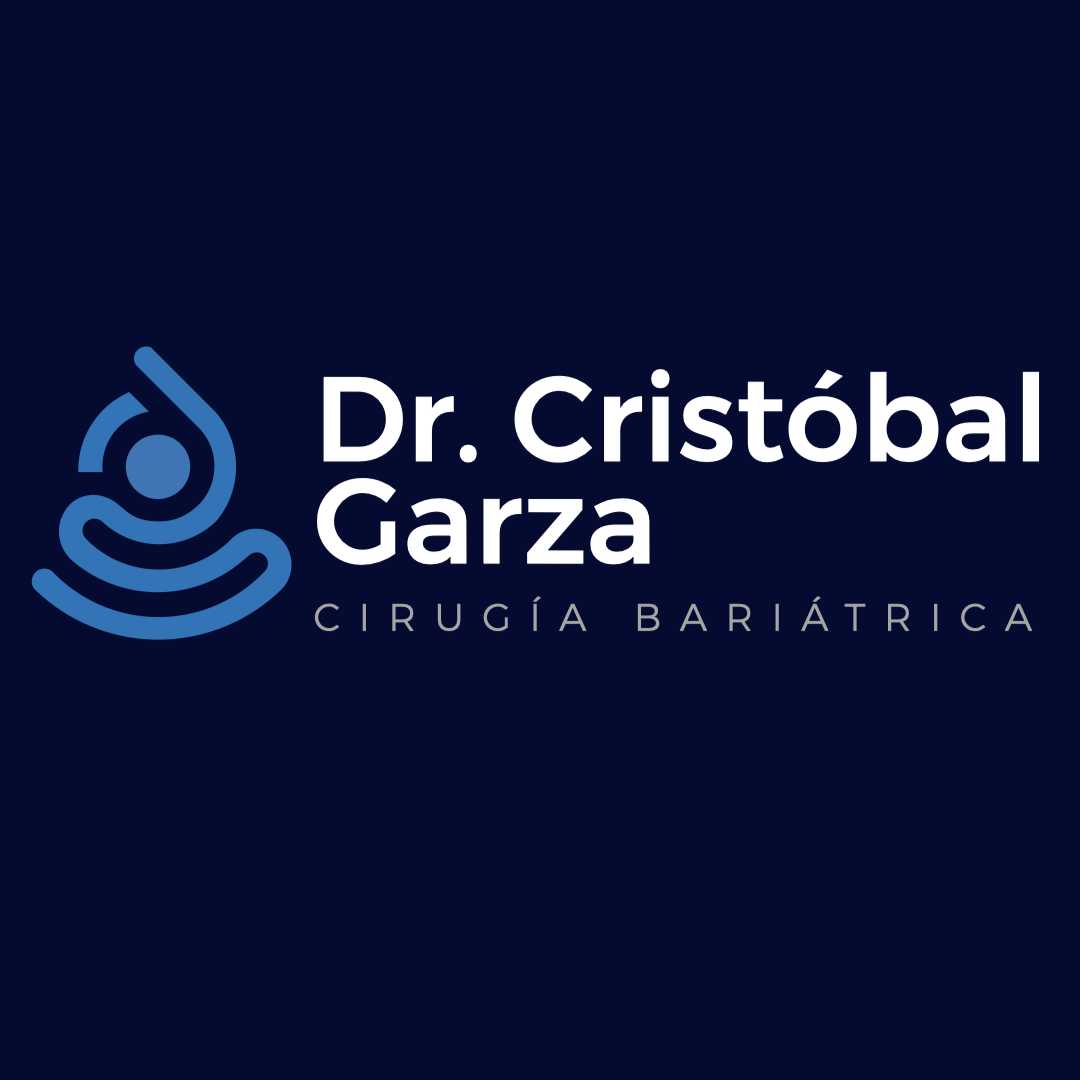

Share this listing